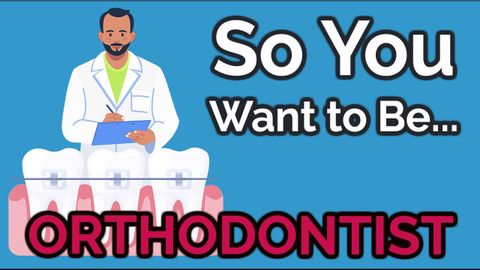だからあなたはオルトドンティストになりたい【Ep.38 (So You Want to Be an ORTHODONTIST [Ep. 38])
Summer が 2023 年 01 月 25 日 に投稿  この条件に一致する単語はありません
この条件に一致する単語はありませんUS /spɪˈsɪfɪk/
・
UK /spəˈsɪfɪk/
US /ˌɑpɚˈtunɪti, -ˈtju-/
・
UK /ˌɒpə'tju:nətɪ/
- n. (c./u.)機会;好機;仕事の機会;ビジネスチャンス
US /ˈpræktɪs/
・
UK /'præktɪs/
- n.仕事;練習すること;慣習
- v.t./i.開業;従う;練習する;実践する
US /dɪˈskrɪpʃən/
・
UK /dɪˈskrɪpʃn/
エネルギーを使用
すべての単語を解除
発音・解説・フィルター機能を解除
